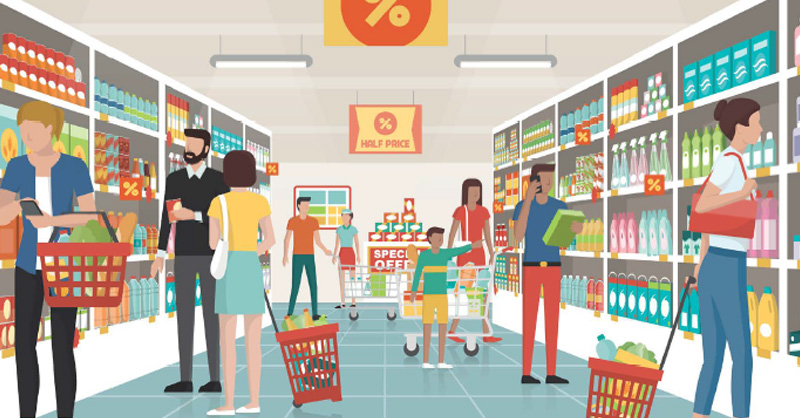Covid-19 has drastically changed the function & purpose of the store
This article is part of a four part mini-series, taken from our report "The Retail Experience Economy 2.0", which focuses on how the Retail Experience Economy will need to adapt after Covid-19. Find the other three parts at the bottom of this page
2 minute read
After more than a year of restrictions, consumers are beginning to remember and rediscover the joys of physical shopping and the entertainment it provides. This rediscovery of the in-store experience coincides with ever increasing online maturity and penetration rates that have only been accelerated by the pandemic. The physical store as we know it now needs to be redefined, and in this second article on the post-pandemic Experience Economy, we will look at the ways in which consumer entertainment has been shaped by the pandemic.
For retailers, COVID-19 reinforced the importance of offering unique in-store experiences and services that customers simply cannot receive online. This is largely achieved by providing tactile and sensory experiences with attention-grabbing and captivating content. In doing so, it introduces absorbing impressions that imprint on the memory.
Types of content can include in-store workshops, demonstrations, glitzy fashion shows, celebrity book signings or even live streaming, to name but a few. Emotively created memories (conscious and subconscious) encourage customers to shop with a retailer, helping to nurture its brand and associated communities, and importantly, to share these experiences with friends and family via social media. Physical stores now have immense potential to act as ‘playgrounds’ for consumers and they create a ‘halo effect’ for sales by generating interest, excitement and creating brand buzz.

Our research also shows that the value consumers place on the importance of entertainment differs considerably by age and channel. Unsurprisingly, younger consumers rank entertainment as their most important attribute.